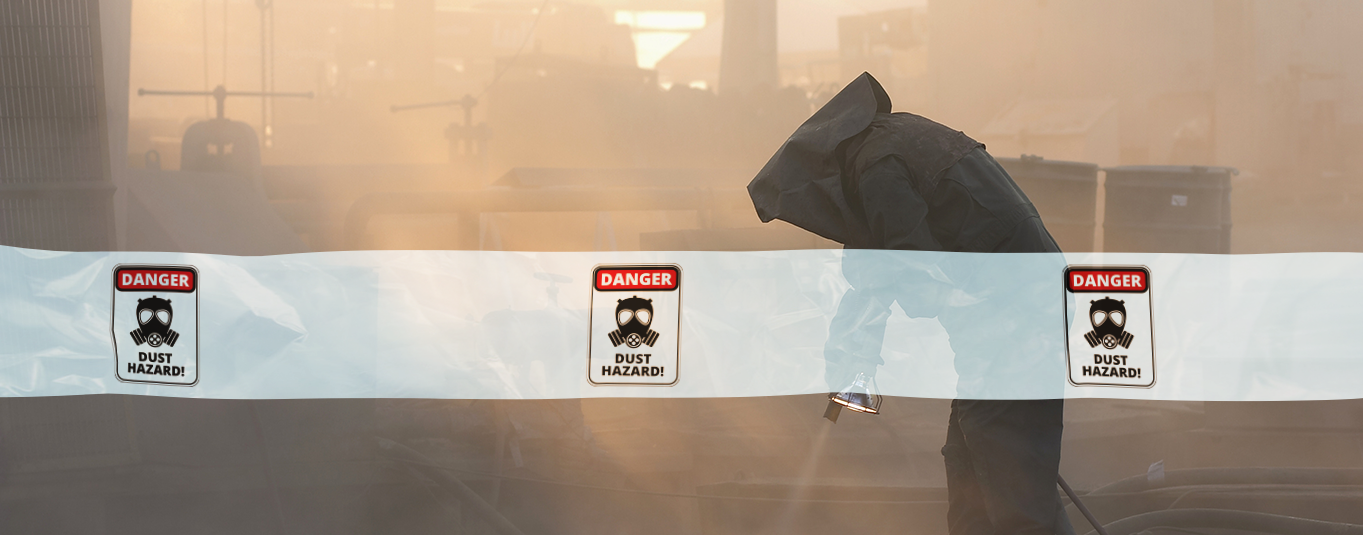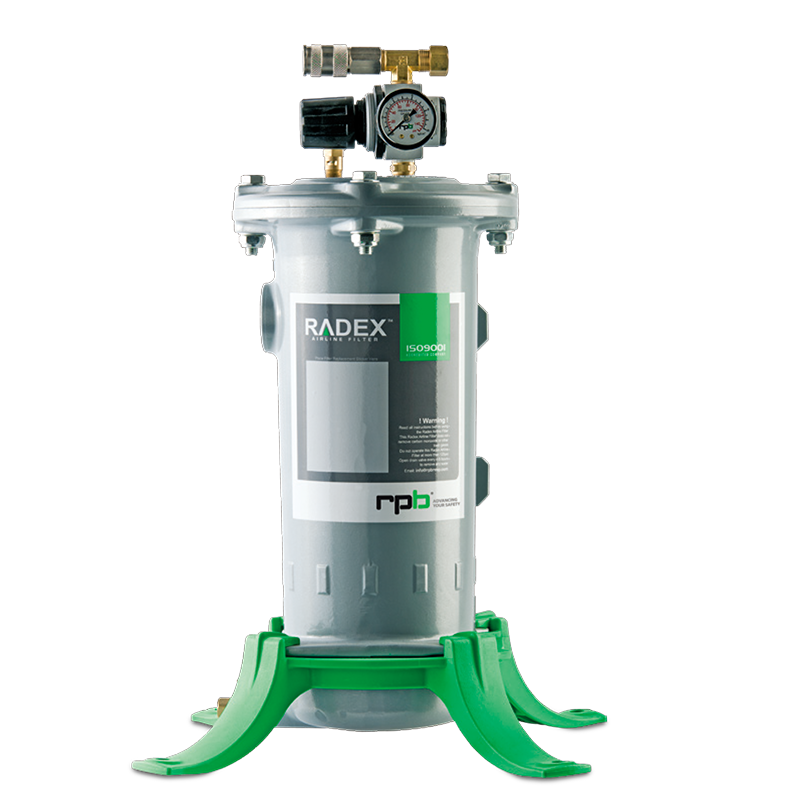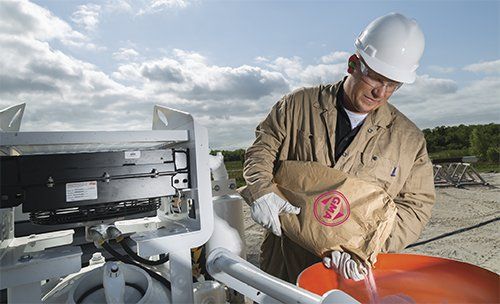The use of silica sand as a blasting media is banned in many country’s around the world, prominently Australia. Unfortunatly for the un-suspecting blasters silica sand is still sometimes used in the United States of America. A large number of research and hazard studies have been conducted that show the dangers and health implications of using silica sand.
For normal abrasive blasting it is never safe, not even when you are wearing an approved respirator. The only exception maybe in a fully contained blast and vacuum system where all possible precautions have been taken to minimise any possibe chance of exposure to personnel.
Blasting with silica sands, such as beach sand, river sand, and any other crystalline silica sand may cause serious injury or be fatal. Crystalline silica is recognized world-wide as a Class 1 Carcinogen. The silica sand type abrasive media when used in abrasive blasting, typically fractures into fine particles and becomes airborne. When workers inhale the crystalline silica, the lung tissue reacts by developing fibrotic nodules and scarring around the trapped silica particles [Silicosis and Silicate Disease Committee 1988]. This fibrotic condition of the lung is called silicosis.
 My Account
My Account







